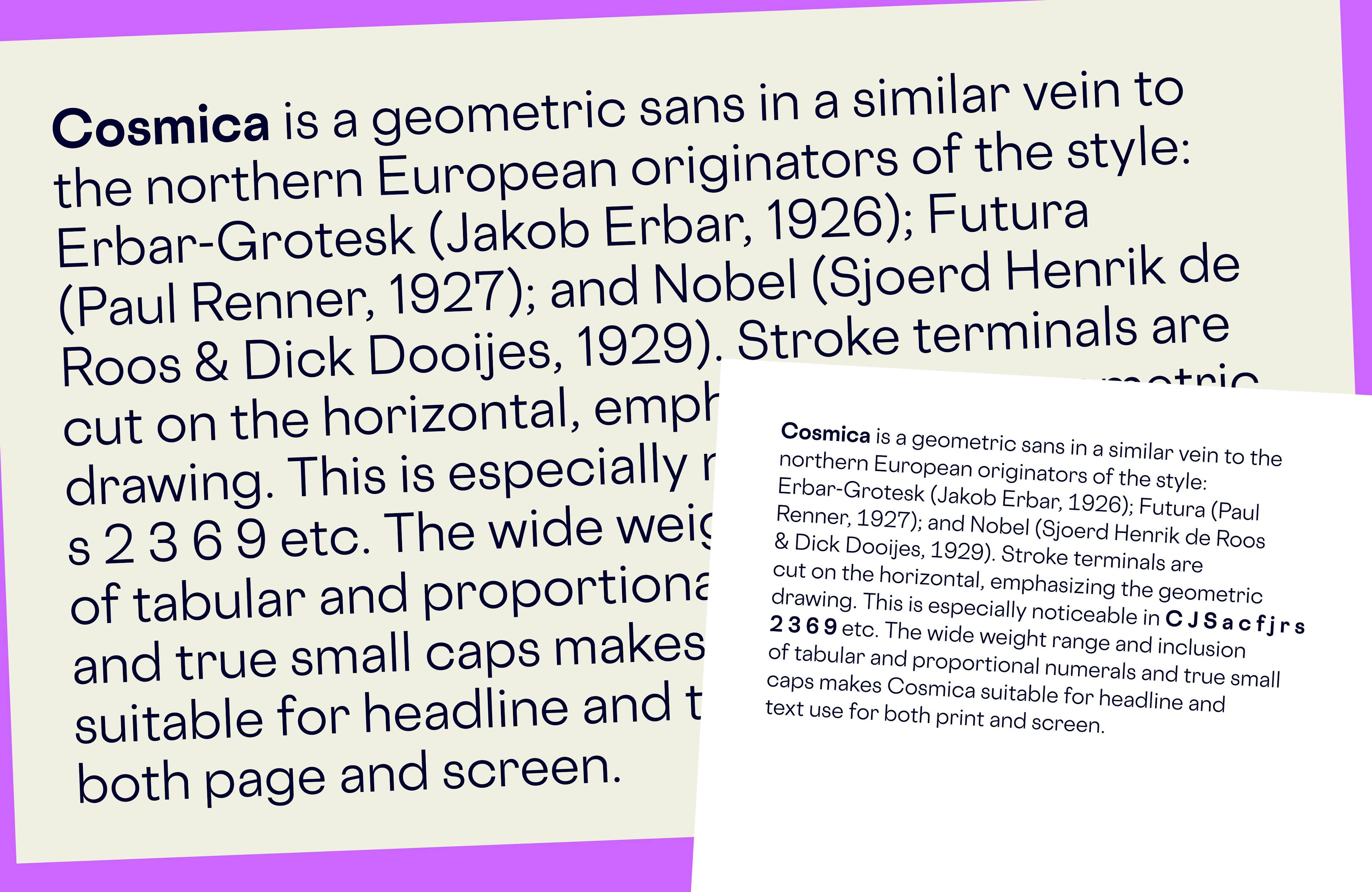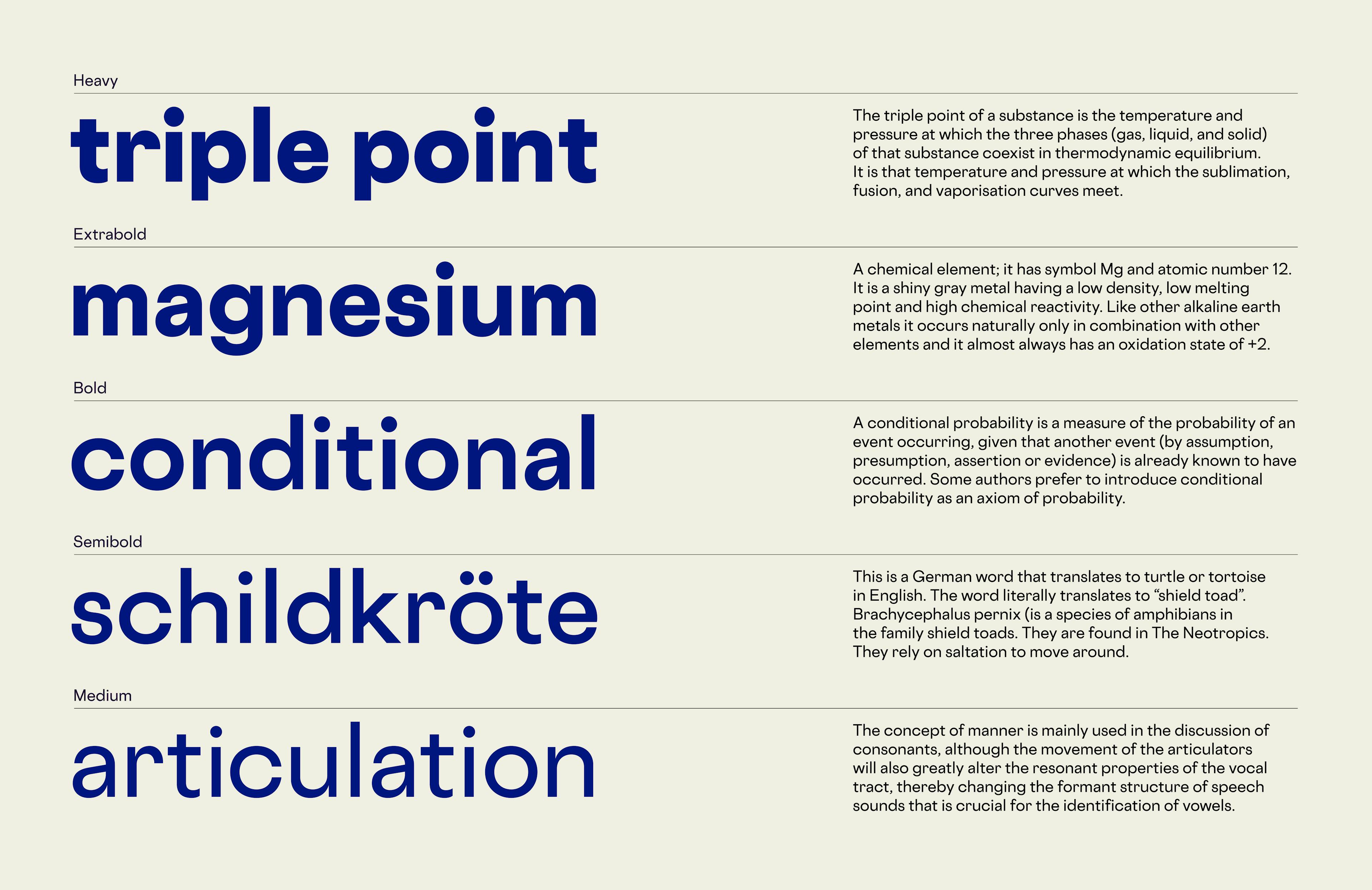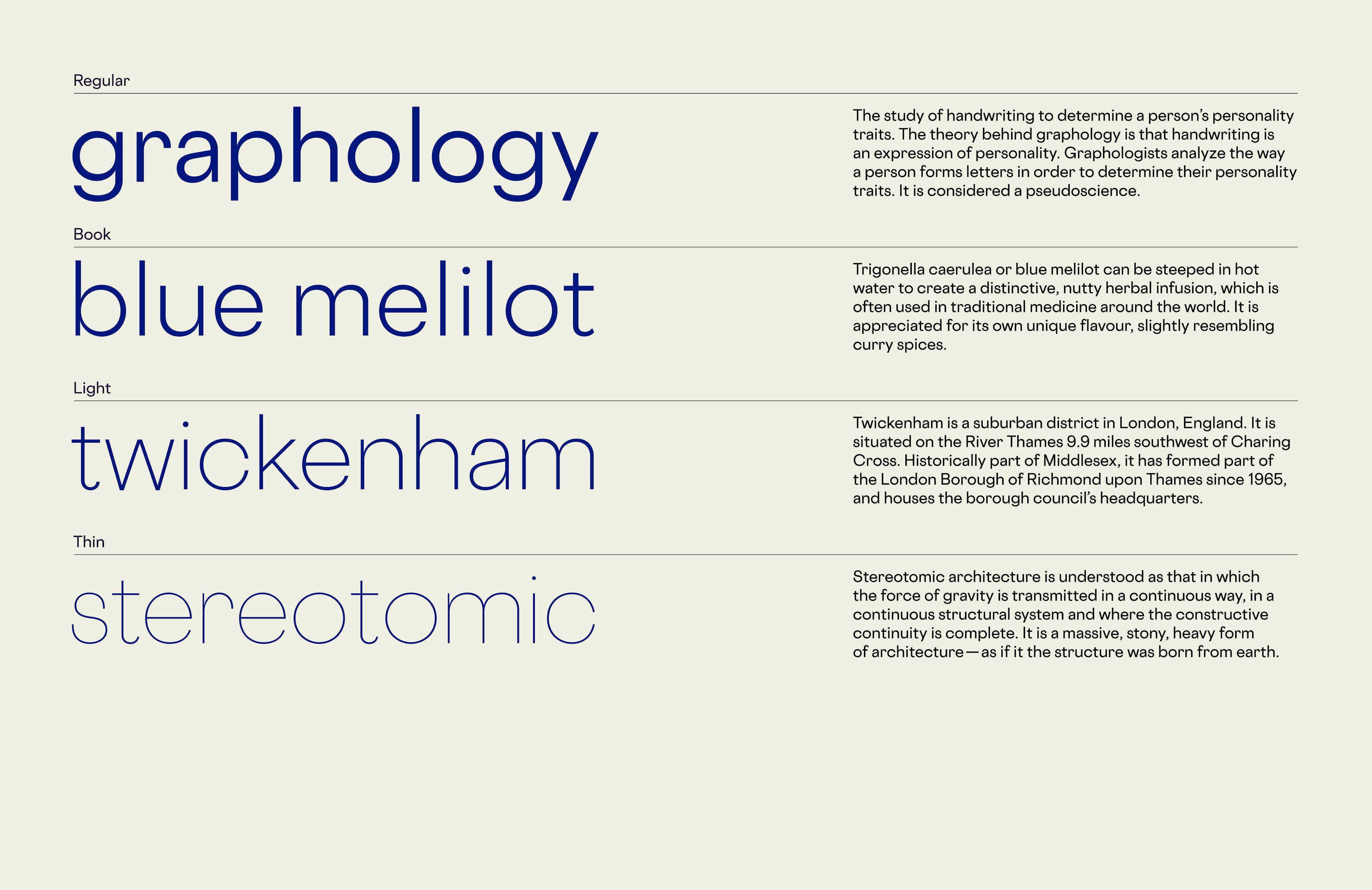Cosmica
About Cosmica
Cosmica is a geometric sans in a similar vein to the northern European originators of the style: Erbar-Grotesk (Jakob Erbar, 1926); Futura (Paul Renner, 1927); and Nobel (Sjoerd Henrik de Roos & Dick Dooijes, 1929). Stroke terminals are cut on the horizontal, emphasizing the geometric drawing. This is especially noticeable in C J S a c f j r s 2 3 6 9 etc. The wide weight range and inclusion of tabular and proportional numerals and true small caps makes Cosmica suitable for headline and text use for both print and screen.
Originally released 2018.01 through Constellation on vllg.com
Supported Languages
Afrikaans, Albanian, Basque, Bosnian, Breton, Catalan, Corsican, Croatian, Czech, Danish, Dutch, English, Esperanto, Estonian, Faroese, Finnish, French, Galician, German, Greenlandic, Hungarian, Icelandic, Indonesian, Irish, Irish Gaelic, Italian, Kurdish, Latin, Latvian, Leonese, Lithuanian, Lower Sorbian, Luxembourgish, Malay, Maltese, Manx, Māori, Norwegian, Occitan, Polish, Portuguese, Rhaeto-Romanic, Romanian, Sami, Scots, Scottish Gaelic, Serbian, Slovak, Slovene, Slovenian, Spanish, Swahili, Swedish, Tagalog, Turkish, Upper Sorbian, Walloon, Welsh



